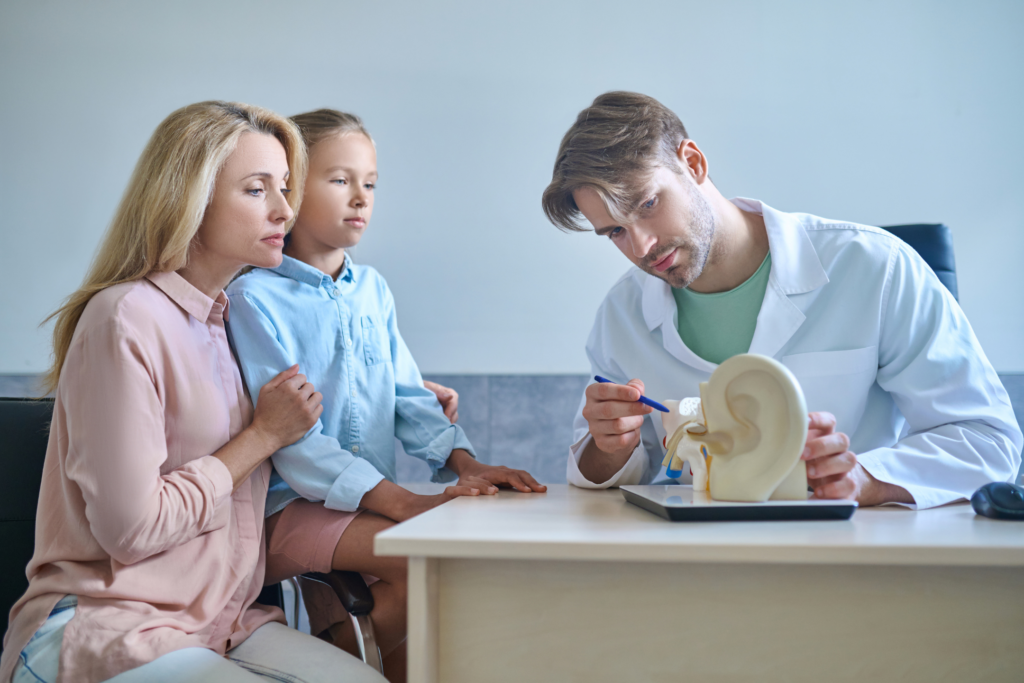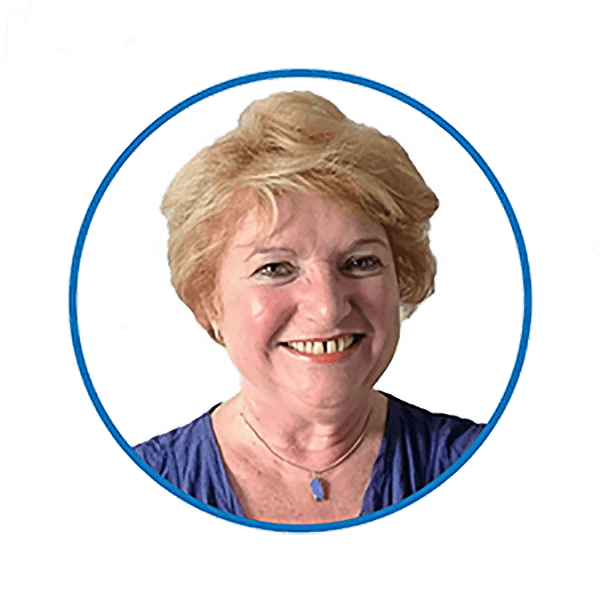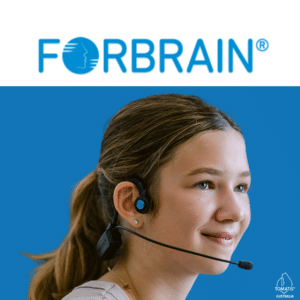Sarah sits in her modern office overlooking Seattle’s bustling tech district, thinking of the journey she has been through in Australia and now she is confidently leading a team meeting spearheading a high-stakes strategy meeting on groundbreaking advancements in cloud storage architecture—innovations poised to redefine scalability and data resilience for enterprises globally. At 23, she’s already making waves in her field as a promising software engineer. But just a few years ago, this scene would have seemed impossible not only for her but also for her friends and family.
Sarah’s path included her being a struggling teenager with Auditory Processing Disorder (APD) to a successful engineer who offers useful insights and ideas into the positive impact of innovative therapeutic approaches, particularly the Tomatis® Method.
Early Struggles
During her early teenage years, Sarah faced mounting challenges that made her believe that she could never make her dreams of pursuing a career in technology come true. Despite her natural aptitude for logical thinking and problem-solving, she became increasingly overwhelmed in the classroom environment. Simple tasks like following verbal instructions or participating in group discussions became exhausting ordeals. Her teachers noticed that while she excelled in written work, she struggled to keep up during lectures and laboratory sessions where verbal instructions were crucial.
The disconnect between Sarah’s obvious intelligence and her difficulty with auditory processing began to take an emotional toll. Her grades started to slip, particularly in subjects that relied heavily on verbal instruction. Programming classes, which should have been her strength, became a source of anxiety as she struggled to follow along with live coding demonstrations and verbal explanations of complex algorithms.
Traditional Interventions and Their Limitations
Initially, Sarah’s school implemented standard accommodations: preferential seating, written instructions, and extended time for assignments. Her parents invested in noise-cancelling headphones and worked with teachers to ensure all verbal instructions were backed up with written documentation. While these measures provided some relief, they felt more like band-aids than solutions. Sarah still struggled with fundamental aspects of learning in a traditional classroom environment, and her dream of becoming a software engineer seemed to be slipping away.
For many individuals, the ability to process and make sense of sounds is something that happens automatically. However, for those with auditory processing challenges, particularly when coupled with learning differences, the journey of understanding and responding to auditory information can be remarkably complex. This article delves deep into the intricate relationship between auditory processing and learning, offering insights that go beyond common understanding.





